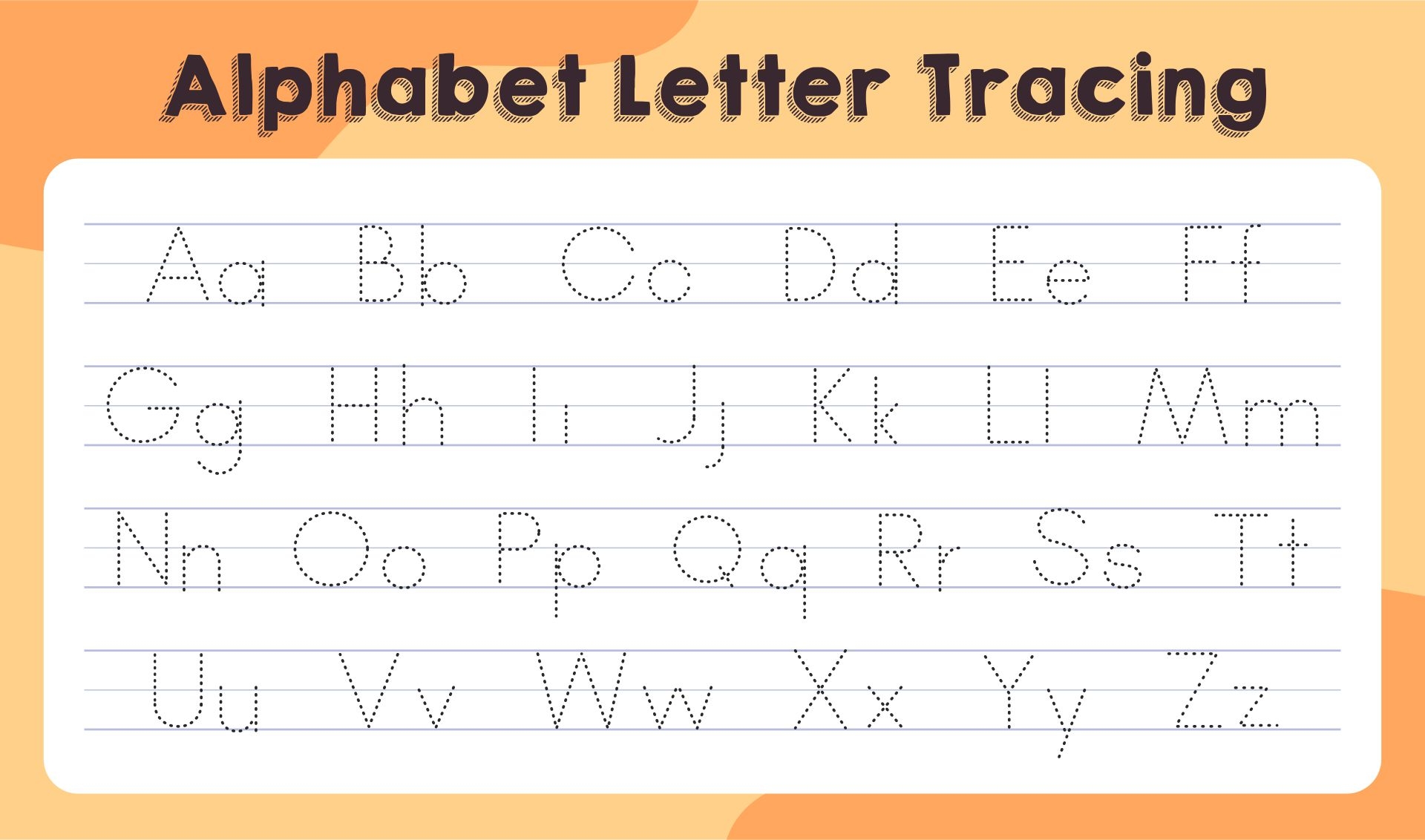Learning the alphabet is a fundamental part of early education. One way to help children learn their letters is through tracing. Tracing alphabet letters helps children develop fine motor skills and hand-eye coordination while also reinforcing letter recognition.
Alphabet letters for tracing come in various forms, from printable worksheets to interactive apps. These resources provide a fun and engaging way for children to practice writing their letters and improve their handwriting skills.
Alphabet Letters for Tracing
When it comes to tracing alphabet letters, there are a few key strategies that can help children learn and practice effectively. One approach is to start with uppercase letters before moving on to lowercase letters. Uppercase letters are generally easier to trace due to their simpler shapes and fewer curves.
Another tip is to provide ample practice opportunities for each letter. Repetition is key when it comes to learning new skills, so encourage children to trace the same letter multiple times until they feel comfortable with it. This practice can help reinforce letter formation and improve handwriting over time.
Using visual aids can also enhance the tracing experience. Consider incorporating colorful images or pictures that correspond to each letter to make the activity more engaging and enjoyable for children. These visual cues can help children better understand and remember the shapes of the letters they are tracing.
It’s important to make tracing alphabet letters a positive and encouraging experience for children. Offer praise and encouragement as they practice and improve their skills. Celebrate their progress and accomplishments to boost their confidence and motivation to continue learning.
In conclusion, tracing alphabet letters is a valuable learning tool that can help children develop essential skills for reading and writing. By providing engaging resources and using effective strategies, parents and educators can support children in mastering their letters and building a strong foundation for academic success.
